|
Rishubh Parihar rishubhp@iisc.ac.in I am a fourth year PhD student at IISc Bangalore, advised by Prof. Venkatesh Babu. Prior to my Ph.D., I gained industry experience at Samsung Research, where I developed face editing solutions for Samsung smartphones, and at ShareChat, focusing on multimodal algorithms for content moderation. I obtained BTech from IIT Delhi in Mathematics and Computing, where I worked with Prof. Prem Kalra on synthetic makeup transfer. I work on developing methods to enhance controllability in vision generative models, by designing interfaces beyond text to interact with these models. |
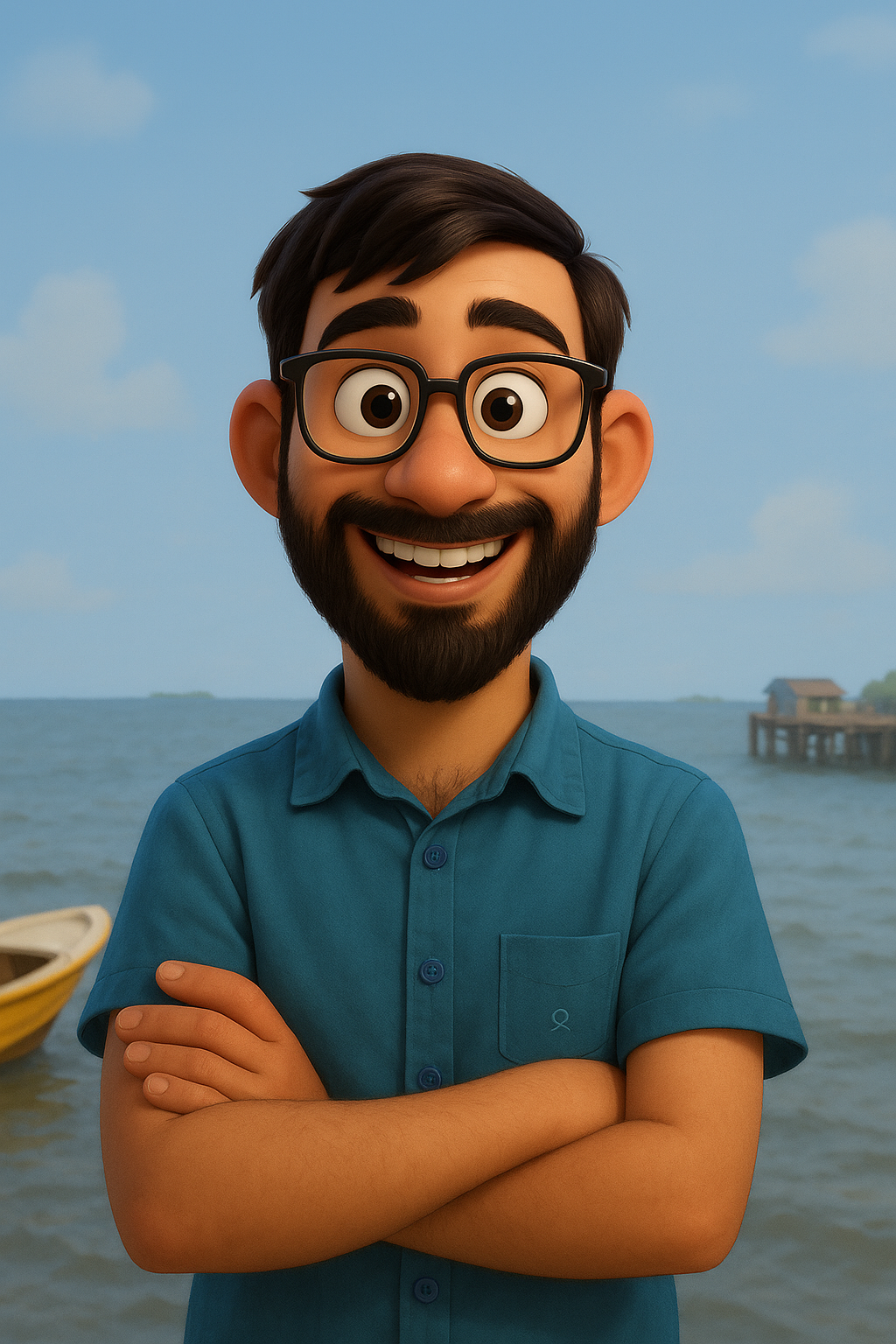
|
|
Recent News
|
|
2025 |
|
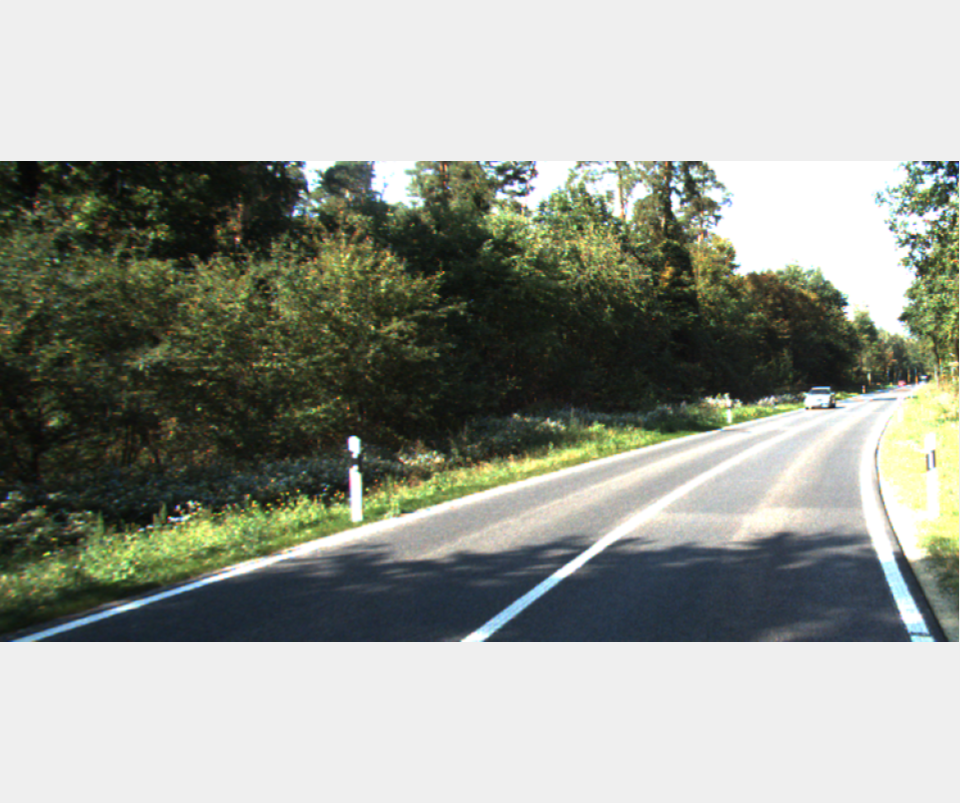 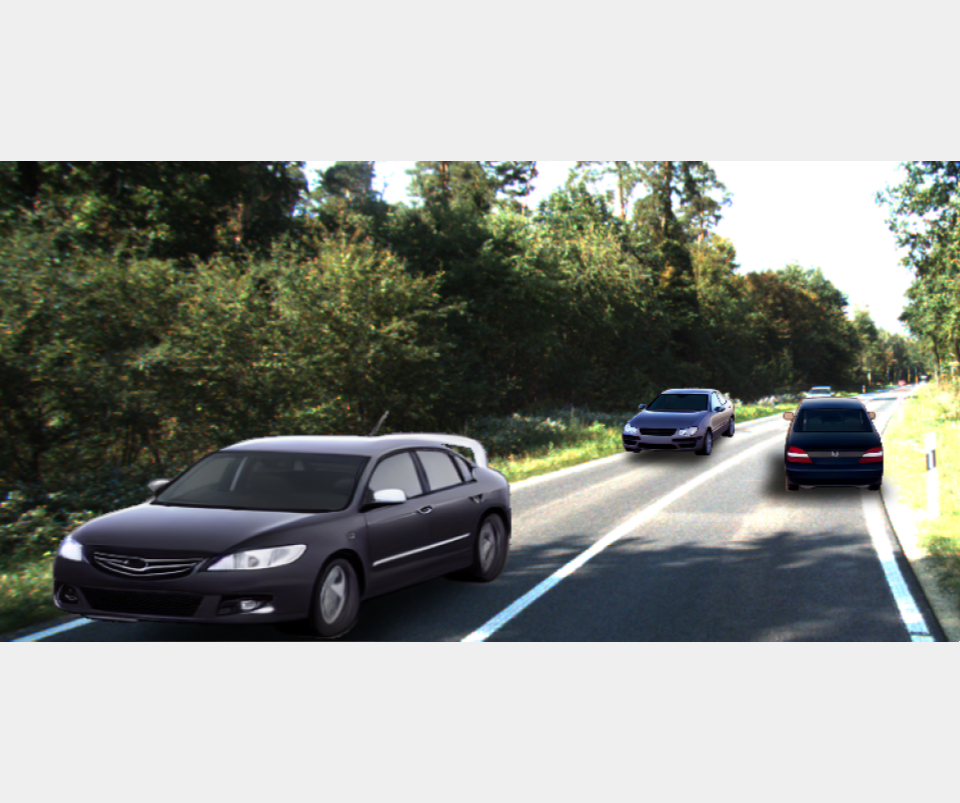
|
Rishubh Parihar*, Srinjay Sarkar*, Sarthak Vora*, Jogendra Kundu, R. Venkatesh Babu CVPR 2025 [project page] [paper] |
 
|
Rishubh Parihar*, Vaibhav Agarwal*, Sachidanand VS, R. Venkatesh Babu CVPR 2025 [project page] [paper] |
 
|
Ankit Dhiman*, Manan Shah*, Rishubh Parihar, Yash Bhalgat, Lokesh R Boregowda, R Venkatesh Babu 3DV 2025 [project page] [paper] |
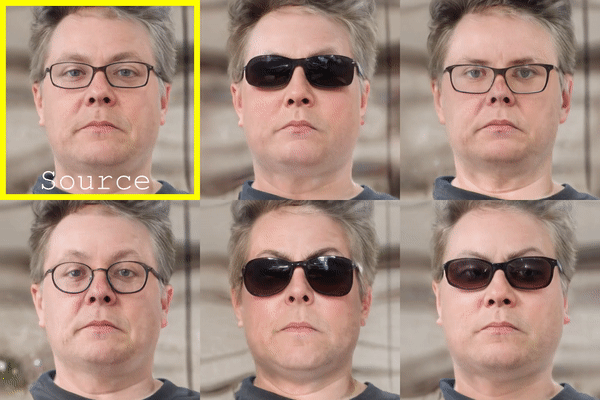 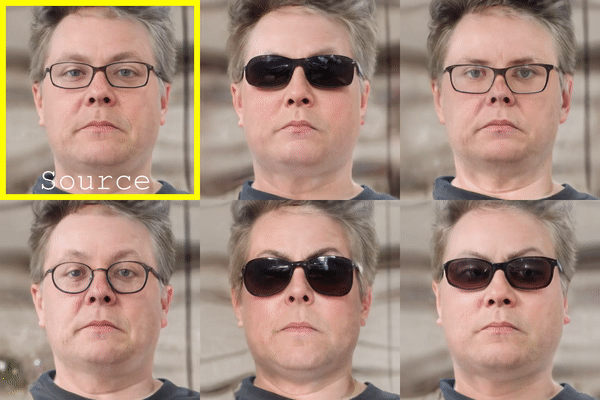
|
Rishubh Parihar*, Prasanna Balaji*, Raghav Magazine, Sarthak Vora, Varun Jampani, R. Venkatesh Babu Workshop on Diffusion Models, NeurIPS 2023 WACV 2025 [project page] [paper] |
2024 |
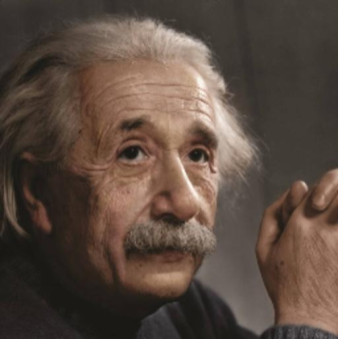 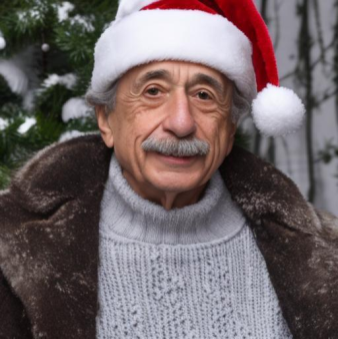
|
Rishubh Parihar*, Sachidanand VS*, Sabariswaran Mani, Tejan Karmali, R. Venkatesh Babu ECCV 2024 [project page] [paper] [code] [video] [news] |
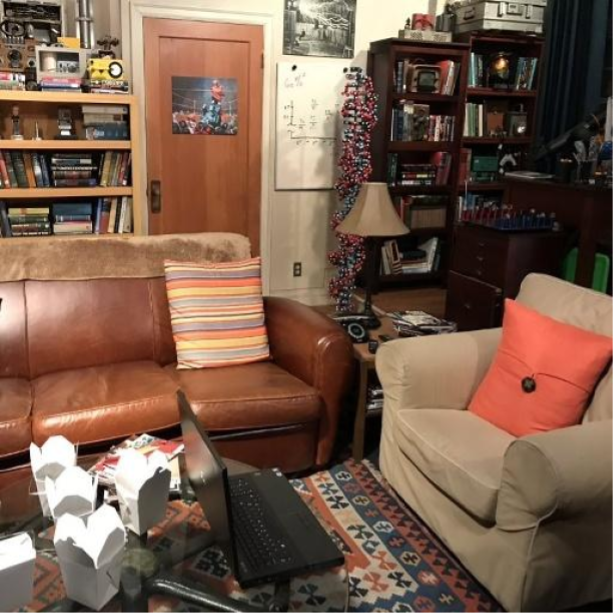 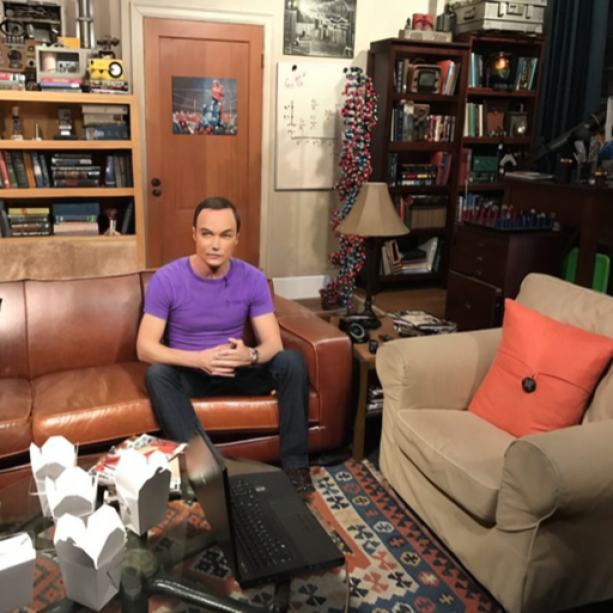
|
Rishubh Parihar, Harsh Gupta, Sachidanand VS, R. Venkatesh Babu ECCV 2024 [project page] [paper] [code] |
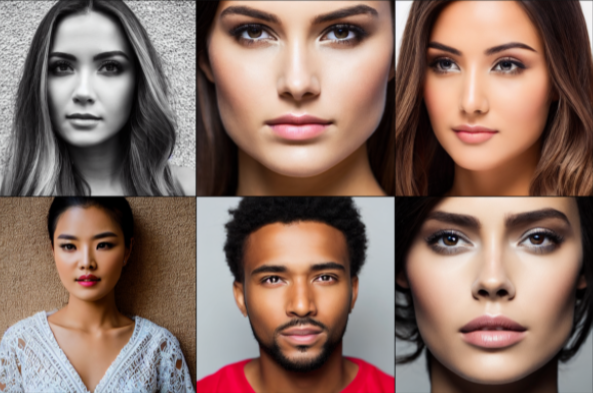 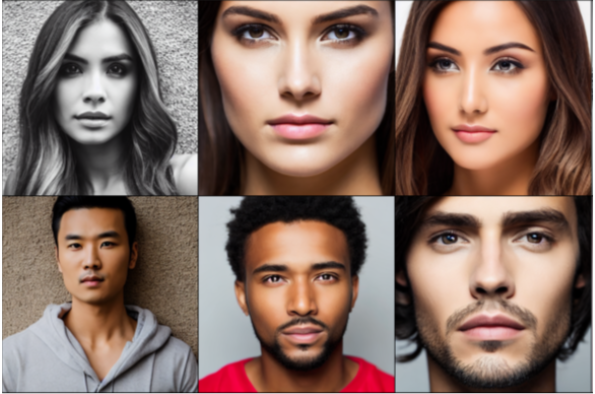
|
Rishubh Parihar*, Abhijnya Bhat*, Saswat Mallick, Abhipsa Basu, Jogendra Nath Kundu, R. Venkatesh Babu CVPR 2024 [project page] [paper] [code] [news] |
2023 |
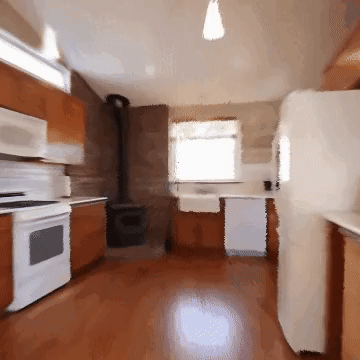 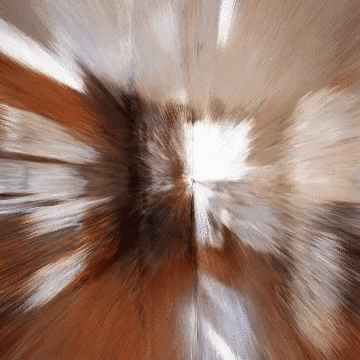
|
Ankit Dhiman, R Srinath, Harsh Rangwani, Rishubh Parihar, Lokesh R Boregowda, Srinath Sridhar, R. Venkatesh Babu ICCV 2023 [project page] [paper] [code] |
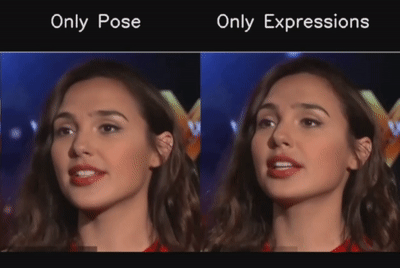 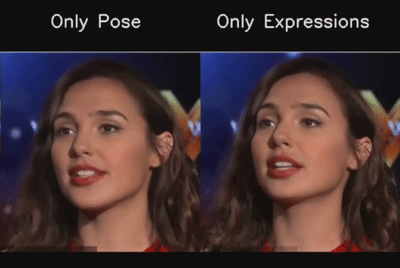
|
Rishubh Parihar, Raghav Magazine, Piyush Tiwari, R. Venkatesh Babu Workshop on AI for Content Creation, CVPR 2023 [project page] [paper] [video] |
2022 |
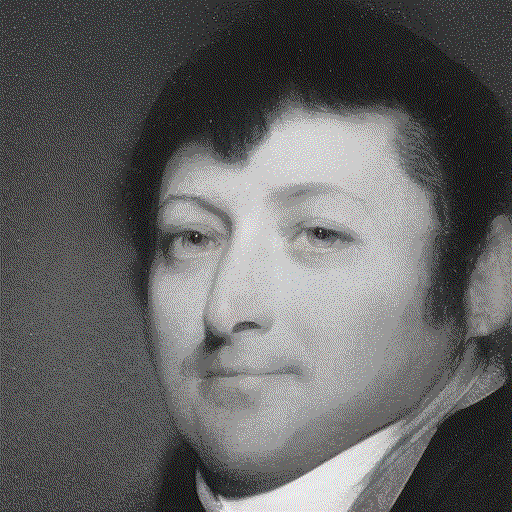 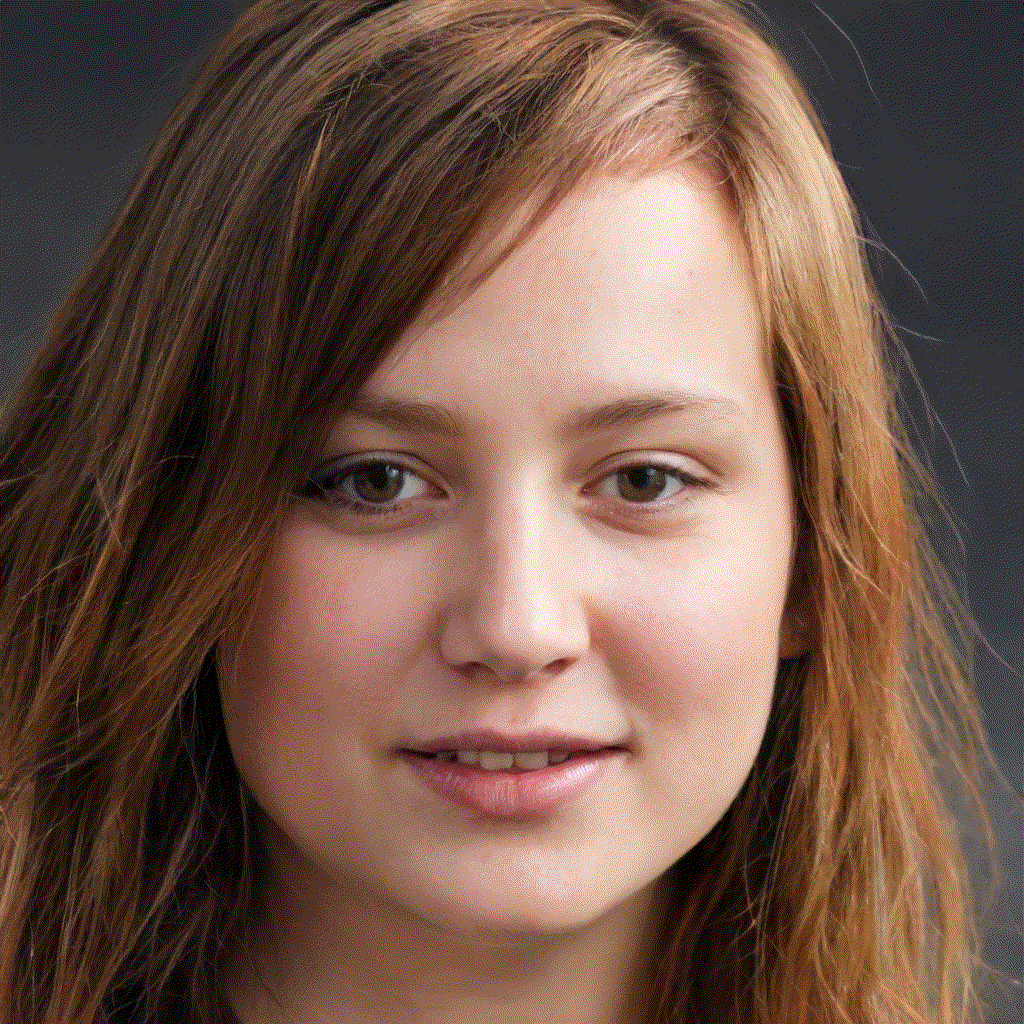
|
Rishubh Parihar, Ankit Dhiman, Tejan Karmali, R. Venkatesh Babu ACM Multimedia 2022 [project page] [paper] [video] |
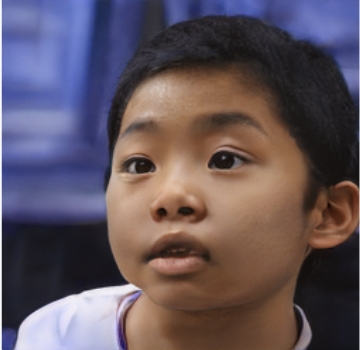 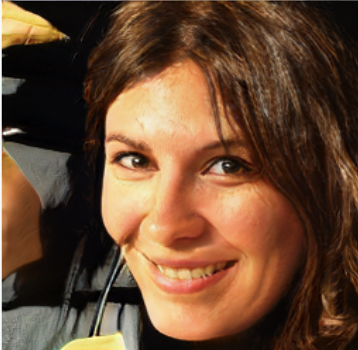
|
Tejan Karmali, Rishubh Parihar, Susmit Agrawal, Harsh Rangwani, Varun Jampani, Manish Singh, R. Venkatesh Babu ECCV 2022 [project page] [paper] |
Honors
- Satish Dhawan Research Award 2024 for significant contributions to the mechanisms for controlling generative models.
- Best Presentation Award in Visual Cluster at IISc EECS Research Students Symposium 2023.
- Best Presentation Award at Adobe-IISc Workshop 2024.
- Selected for Pradhan Mantri Research Fellowship (PMRF) 2021.
- Academics excellence award for 2018 Spring semester IIT Delhi.
Reviewing
ICCV 2025, CVPR 2025, WACV 2025, NeurIPS 2024, ECCV 2024, CVPR 2024, WACV 2024, ICCV 2023, CVPR 2023, ECCV 2022
Teaching
Deep Learning for Computer vision (DS265), IISc
Teaching Assistant with Prof. R. Venkatesh Babu
Spring 2023, 2024
This website template is taken from here